Rising Healthcare Expenditure
In South America, increasing healthcare expenditure is fostering growth in the neurorehabilitation devices market. Governments and private sectors are allocating more funds towards healthcare infrastructure, which includes rehabilitation services. For instance, healthcare spending in Brazil has seen an increase of over 10% in recent years, reflecting a commitment to enhancing patient care. This financial support is crucial for the development and adoption of advanced neurorehabilitation technologies. As healthcare budgets expand, the neurorehabilitation devices market is likely to benefit from improved access to innovative devices, ultimately leading to better patient outcomes and a more robust rehabilitation ecosystem.
Technological Integration in Rehabilitation
The integration of advanced technologies such as robotics, artificial intelligence, and virtual reality into rehabilitation practices is transforming the neurorehabilitation devices market. In South America, there is a growing trend towards adopting these technologies to enhance therapeutic effectiveness. For example, robotic-assisted therapy has shown to improve motor recovery in stroke patients, which is gaining traction among rehabilitation centers. The neurorehabilitation devices market is thus experiencing a shift towards more sophisticated, technology-driven solutions that promise to deliver personalized and efficient rehabilitation experiences. This trend indicates a potential for significant growth as healthcare providers increasingly recognize the benefits of these innovations.
Aging Population and Demand for Rehabilitation
The demographic shift towards an aging population in South America is a significant driver for the neurorehabilitation devices market. As the elderly population grows, the incidence of age-related neurological conditions is likely to increase, creating a higher demand for rehabilitation services. Reports indicate that by 2030, the number of individuals aged 65 and older in South America will surpass 100 million, necessitating effective rehabilitation solutions. This demographic trend compels healthcare systems to invest in neurorehabilitation devices, ensuring that they can cater to the needs of this vulnerable population. The neurorehabilitation devices market is thus poised for growth, as it aligns with the increasing demand for specialized care for older adults.
Increasing Incidence of Neurological Disorders
The rising prevalence of neurological disorders in South America is a critical driver for the neurorehabilitation devices market. Conditions such as stroke, traumatic brain injuries, and neurodegenerative diseases are becoming more common, leading to a heightened demand for effective rehabilitation solutions. According to recent health statistics, approximately 1.5 million people in South America suffer from stroke annually, which necessitates advanced rehabilitation technologies. This growing patient population is likely to propel investments in neurorehabilitation devices, as healthcare providers seek to improve recovery outcomes. The neurorehabilitation devices market is thus positioned to expand significantly, as it addresses the urgent need for innovative therapies and devices tailored to the unique challenges posed by these disorders.
Collaboration Between Public and Private Sectors
Collaboration between public and private sectors is emerging as a vital driver for the neurorehabilitation devices market in South America. Partnerships between government agencies, healthcare providers, and private companies are fostering innovation and improving access to rehabilitation technologies. These collaborations often lead to joint ventures that focus on research and development, resulting in the creation of cutting-edge neurorehabilitation devices. For instance, initiatives in Argentina have successfully combined resources to enhance rehabilitation services, demonstrating the potential for improved patient outcomes. The neurorehabilitation devices market is likely to benefit from these synergies, as they promote the sharing of knowledge and resources, ultimately leading to a more effective rehabilitation landscape.



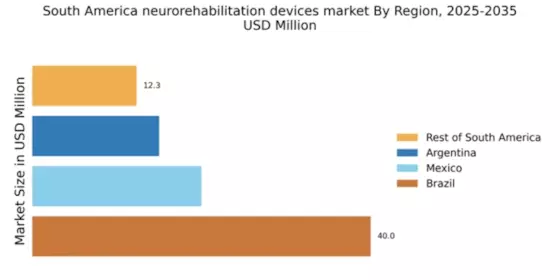
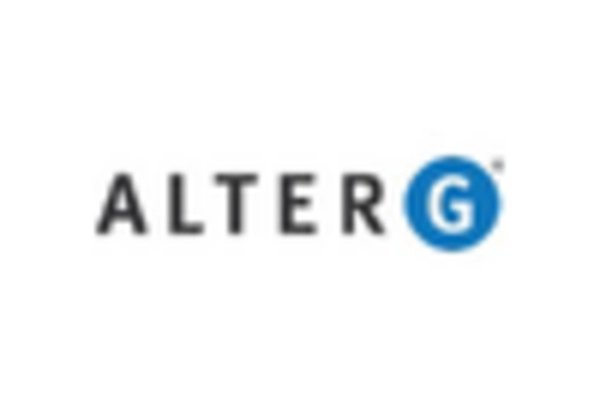
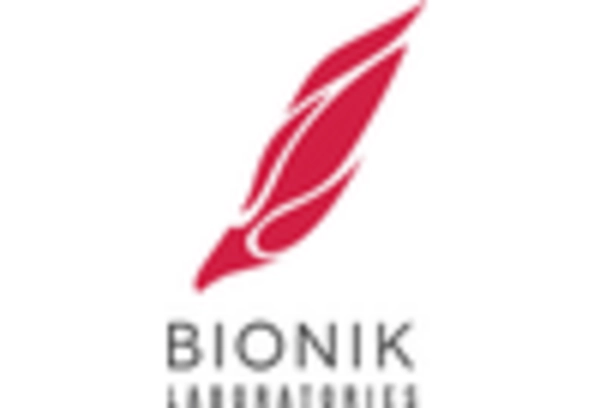
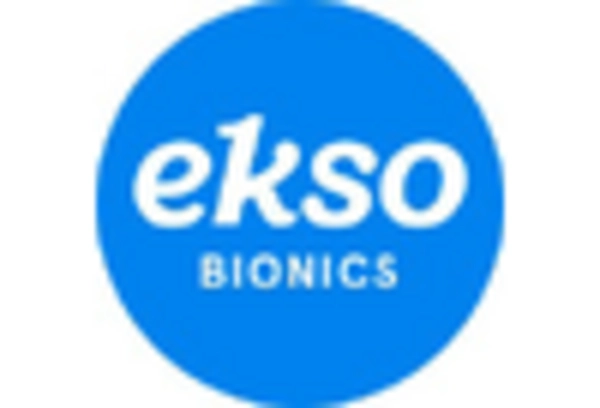

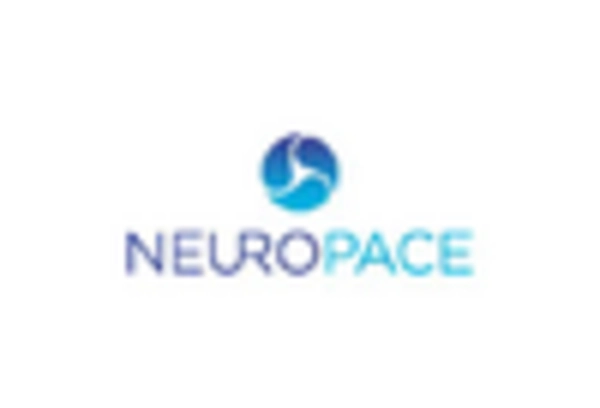









Leave a Comment